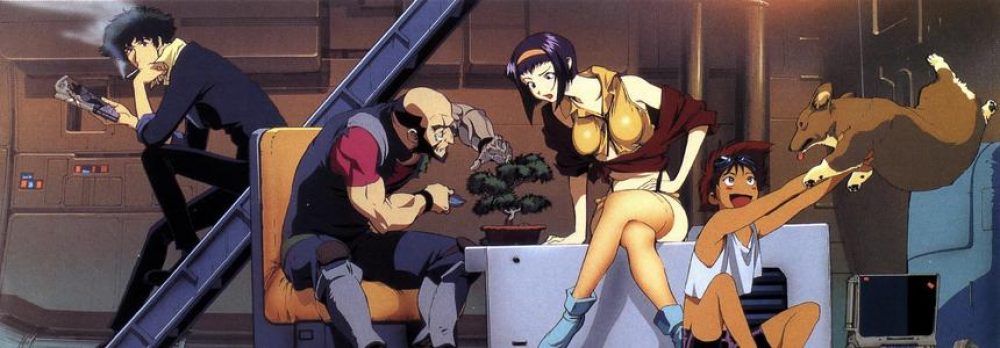Regarding the theme of the cooperation project, it was originally the idea Sean and I came up with when watching the spell return battle. This is a popular animation recently, which contains some very cool fighting scenes. We all liked the fighting scenes and soon decided to make a previs with fighting as the theme
Before convening the cooperative members, in order to ensure that the participants are interested, we first need to set some visual styles and background stories. Our idea is to merge according to the points of interest. For example, Sean likes mechanical design, and I prefer the action performance of human characters. So after searching many references, we decided to use cyberpunk as the main visual style. For reference, refer to the rules of Overwatch in the design of characters and scenes.
So soon we have a basic concept.
Concept overview:
In a street, a masked girl fights a cyborg man.
It’s an open collaborative project where you can add whatever you want to create. You can try all kinds of work in the project and have unique research content.
At present, it includes the research points of stylized rendering(like overwatch) stylized visual effects, simulated 2D motion blur in 3D, and programmed modeling.
The ultimate goal is to create a previs for 1-3min. It is still in the concept stage. Here are some styles so far.
For this concept, I also used PS to make two concept pictures to show the general idea:


After the project was released, we soon received contact from some students. They are from 3d computer animation, VFX and illustration. So far we have eight students participating in this project.
In the first week, all of us had a short meeting. After discussing the learning direction we were interested in and our thoughts on this short film, I made a more detailed setting draft.
Time:Near future, related words: postmodern, science fiction, cyberpunk
On a clear night, the light of the moon when it is not blocked by clouds can cause shadows to objects.
Location: A deserted alley in a modern city with several small stores or signs.




Characters: A girl whose profession is a bounty hunter and a cyborg man whose profession is a killer.
Event:
The cyborg man was destroying the robot in the alley, hitting it vigorously and smashing the wall out of the hole.
Then the man threw it into the trash can. There were some robot limbs scattered around the trash can.
The mechanical man took out a cigar and lit it, took a deep breath, and then raised his head to puff out smoke. Looking up, she saw a masked girl holding a short knife standing on the roof. The girl squatted and rushed towards the mechanical man. The man dodged hurriedly, and the cigar was cut into two pieces.
The girl fell and rolled, her back turned to the man.
The man stabilized his flustered figure and spit his cigar aside.
The girl slowly got up, revealing the sign behind her.
After seeing this, the man showed an expression of disdain and said: “bounty hunter.”
The two faced each other in a stance, calm before the battle.
…
Background:
In the future era of high-tech and low-life, the emergence of smart machines will bring new contradictions to society. The renewal of the government’s judicial system can hardly match the development of technology. The solidification of social class further leads to chaos, and excessive chaos brings new order. The intrigue among the upper-class society has also been brought to the table, and professional killers seem to have become an indispensable role for every upper-class power. And the bounty hunter system acquiesced by the government has given the people at the bottom a new way out, allowing society to maintain a stable but cold state to a certain extent.
The masked girl is a bounty hunter, eccentric and agile. She grew up in a slum and was influenced by hip-hop culture. Dress more freely, there will be many cultural elements on her clothes, and she uses a short knife. When performing tasks, the attire is more capable, and she wears a mask to hide her face and does not speak.



The cyborg man is a professional killer with a strong body and a cold face. He is usually responsible for handling some people or robots that they hate for the upper-class people. Frequent killings made him brutal, and while this job brought him money, it also took his arm, but fortunately, he could use a high-tech metal arm instead. The metal arm has stronger strength and defense.


Character and scene design:
Pay attention to the shape and silhouette, the color purity is high, and the texture expresses the details. A few Asian elements such as China and Japan.
According to the points that everyone wants to learn or participate in, I divide everyone into five groups and discuss and share with each other to ensure the cooperation smooth.

After the first meeting, we decided to work out our own design drawings or reference drawings in groups and communicate with relevant personnel in time. We will have a collective meeting next Friday to discuss the progress and the next idea.
